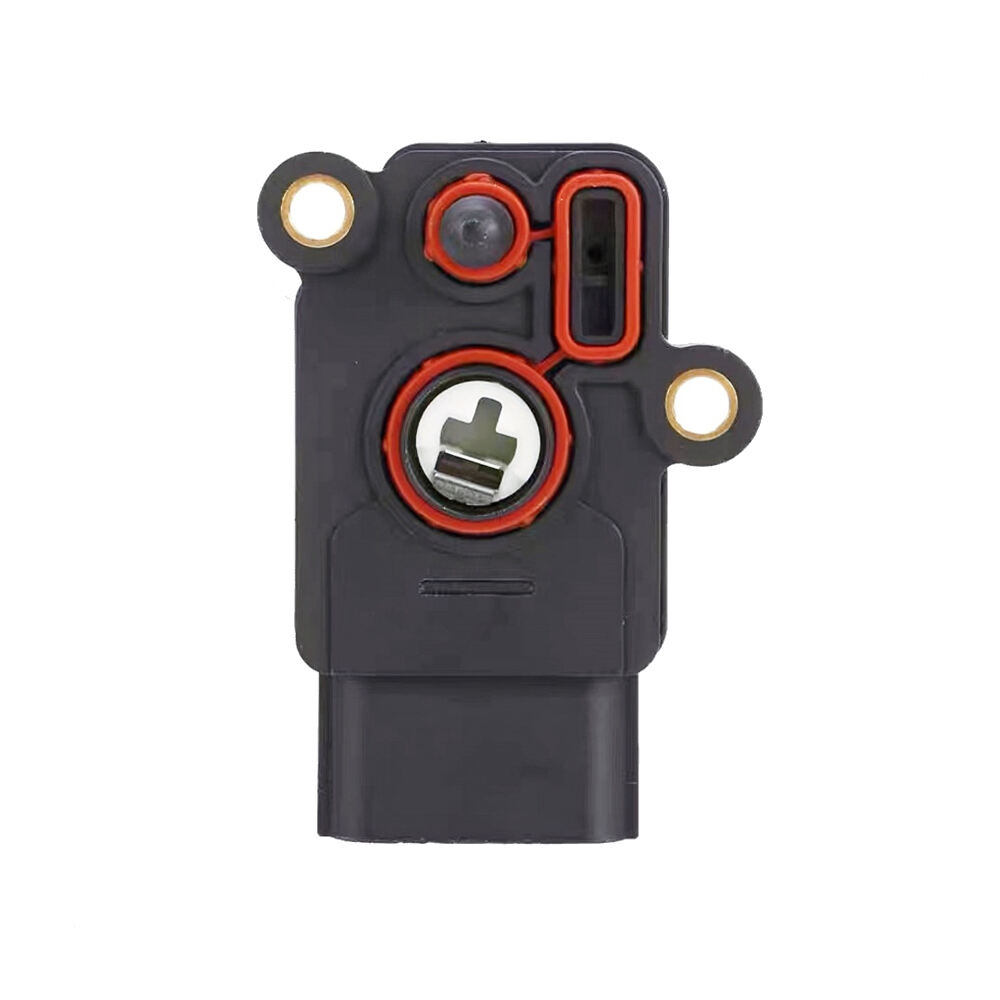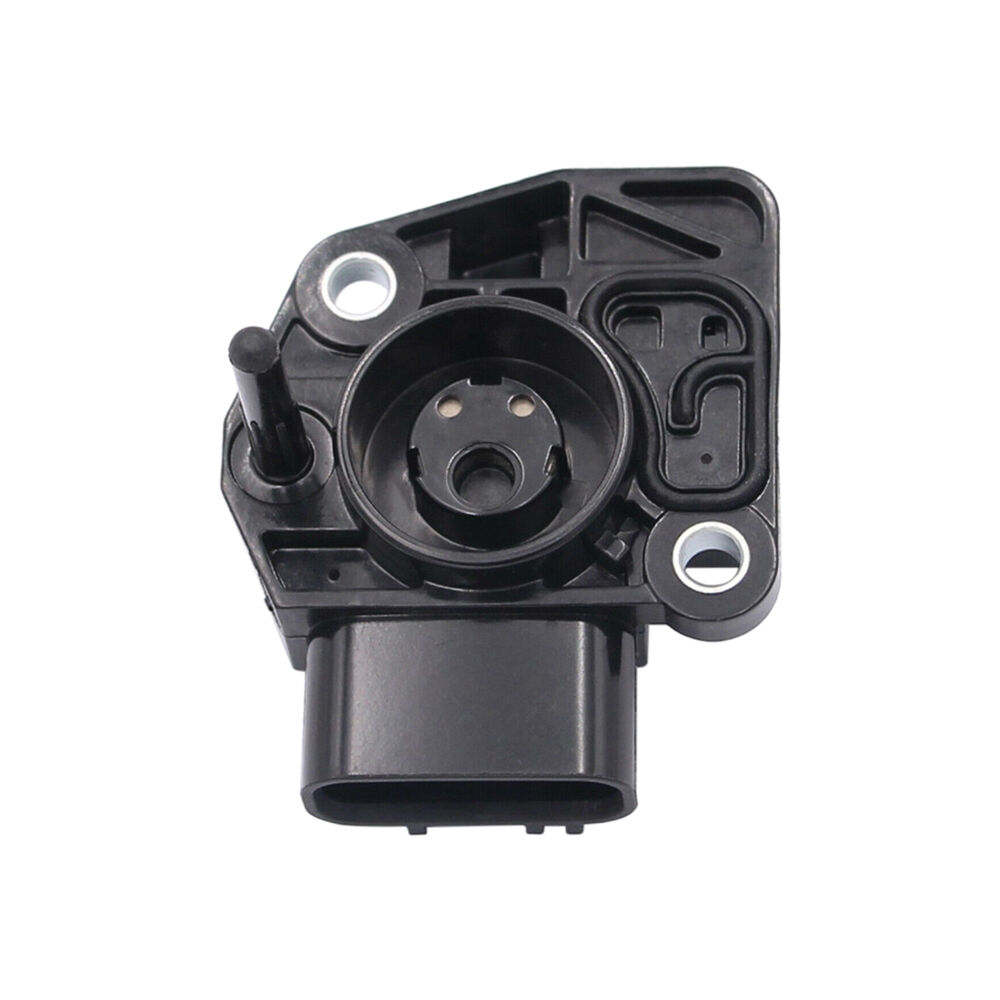throttle position sensor symptoms
The throttle position sensor (TPS) is a crucial component in modern vehicles that monitors and reports the position of the throttle valve to the engine control unit (ECU). When this sensor malfunctions, several distinct symptoms emerge that drivers should be aware of. Common throttle position sensor symptoms include irregular idle speeds, sudden acceleration or deceleration issues, and check engine light illumination. The sensor works by converting the mechanical position of the throttle valve into an electrical signal, which the ECU uses to adjust fuel injection and timing. When functioning properly, it ensures optimal engine performance and fuel efficiency. However, when symptoms appear, they often manifest as hesitation during acceleration, unexpected engine stalling, or poor fuel economy. These symptoms can vary in severity and may appear gradually or suddenly, making it essential for vehicle owners to recognize and address them promptly. The technological sophistication of modern TPS units includes fail-safe modes and self-diagnostic capabilities, helping to prevent catastrophic engine failure and ensuring driver safety. Understanding these symptoms is crucial for proper vehicle maintenance and performance optimization.


